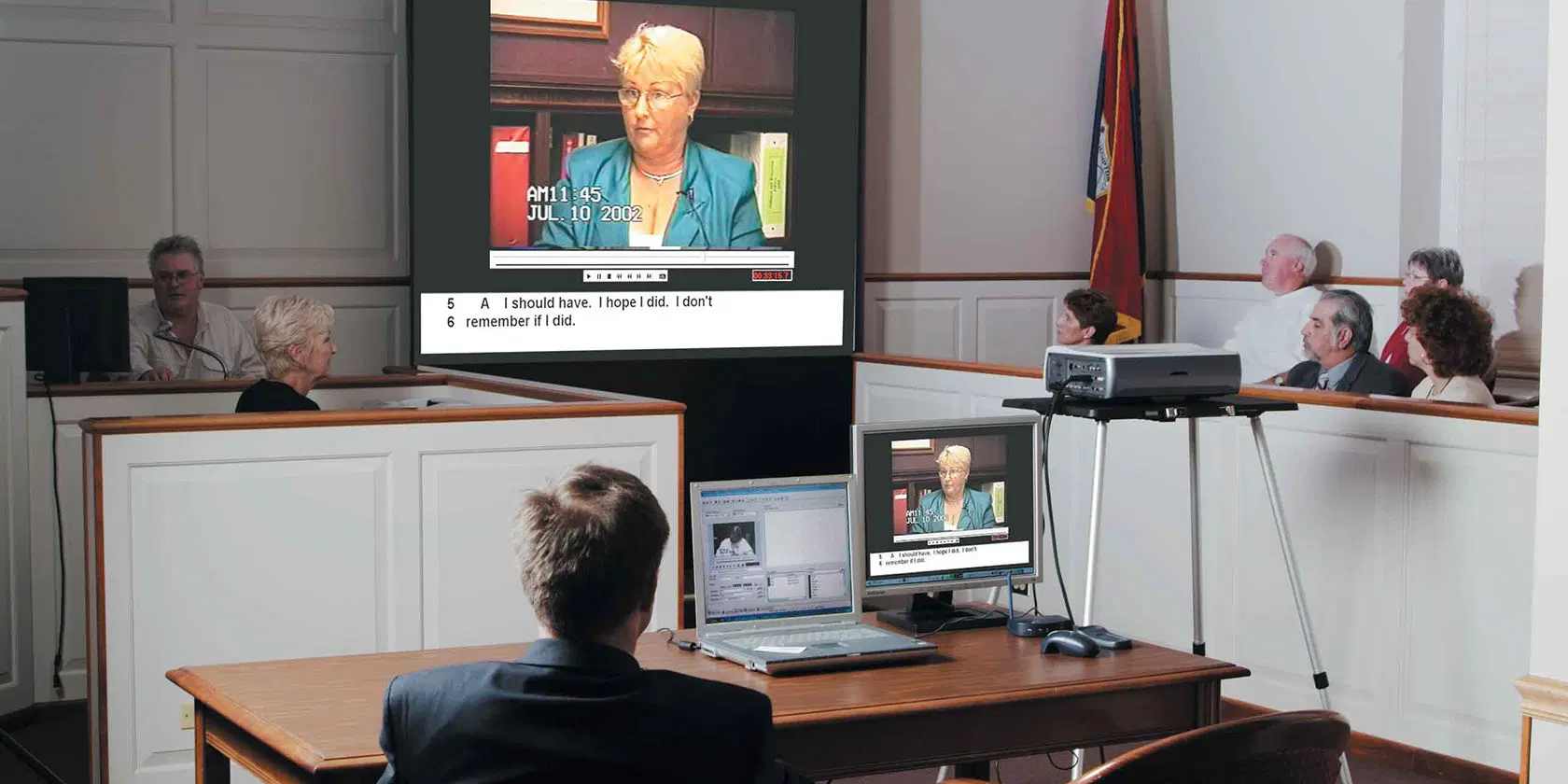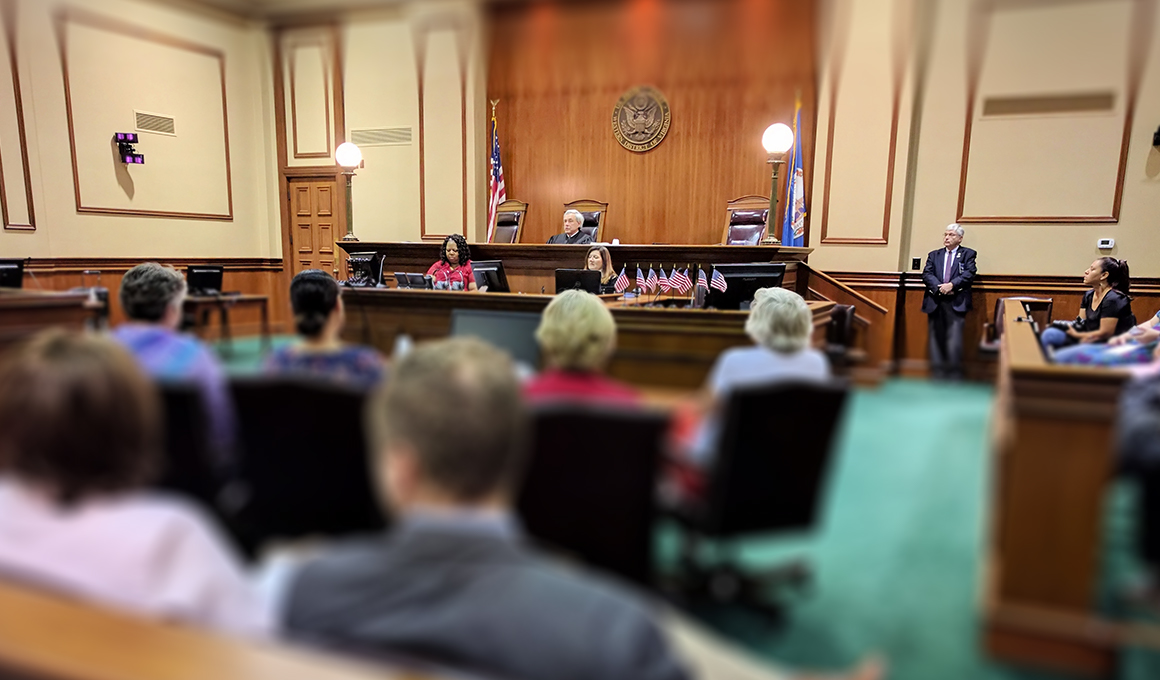How Test Presentations Enhance Your Debate and Convince Jurors
Trial presentations work as a crucial device for boosting lawful arguments and convincing jurors. By incorporating aesthetic aids, narrative frameworks, and psychological engagement, attorneys can produce a compelling situation that resonates on several levels. The critical use visuals not only clarifies intricate information yet likewise records jurors' interest more efficiently than words alone. However, the art of narration plays a similarly essential function in transforming valid evidence into a compelling story, shaping jurors' assumptions - trial presentations. Understanding these elements can substantially affect trial results, elevating the inquiry of how each component adds to this elaborate dynamic.

Relevance of Visual Aids
Visual aids play an essential role in boosting the performance of test discussions, as they can substantially raise audience involvement and retention of details. In the context of a trial, where jurors are charged with handling complicated info, visual aids serve to simplify and clarify crucial factors. Charts, charts, and photos can convey data and principles that may or else bewilder or confuse jurors, enabling for a much more straightforward understanding of the proof provided.
Moreover, visual aids aid in preserving juror focus throughout the proceedings. By breaking the monotony of spoken statement, these devices can punctuate vital disagreements, making them a lot more memorable. Reliable visual aids can also evoke emotional reactions, which can be essential in persuading jurors to straighten with the presenter's narrative.

Crafting Compelling Narratives
A compelling story is vital in test discussions, as it works as the backbone of effective persuasion. It allows lawyers to weave together truths, evidence, and psychological elements right into a systematic tale that reverberates with jurors. This narrative structure enables jurors to recognize the complexities of the situation while leading them via the attorney's debate.
To craft an engaging narrative, attorneys should concentrate on quality and coherence. This involves developing a clear lead character-- commonly the customer-- and outlining their trip with the occasions in concern. Offering the realities in a rational series boosts comprehension and preserves involvement. Furthermore, making use of vivid summaries can produce psychological pictures that help jurors visualize the events, making the story more remarkable.
Furthermore, integrating key styles throughout the discussion strengthens the core message and aids in retention - trial presentations. The narrative should not only convey information yet likewise stimulate a feeling of justice, highlighting the risks entailed. Eventually, a sound narrative promotes a connection between the jurors and the instance, placing the read lawyer's debate as both reputable and engaging, therefore boosting the chance of a desirable verdict

Engaging the Court Psychologically
Efficient jury interaction depends upon the lawyer's capacity to get in touch with jurors on an emotional level. This connection can considerably influence jurors' understandings and their best decision-making. Making use of sob stories permits lawyers to humanize the situation, transforming abstract legal principles right into relatable experiences. By providing real-life stories or reviews, lawyers can stimulate empathy and empathy, promoting a deeper understanding of the issues at stake.
Visual aids, such as photographs or videos, can better improve emotional involvement, offering jurors with dazzling representations of the situation's human components. Crafting a story that highlights the struggles and accomplishments of the people involved ensures that jurors see past the lawful disagreements and identify the human effects of their choices.
In addition, tone and body movement play a vital duty in sharing emotion. A lawyer's enthusiastic shipment can resonate with jurors, reinforcing their emotional investment in the situation. It's essential to balance psychological appeals with accurate proof, making sure that jurors really feel urged to act while staying grounded in the truth. Ultimately, a mentally engaged court is extra most likely to be encouraged, making emotional connection a vital part of efficient trial presentations.
Structuring Your Discussion

The body of the presentation need to be realistically segmented right into vital points, each sustained by engaging proof. It is useful to make use of narration methods to weave facts right into a story that jurors can easily adhere to. Aesthetic aids, such as graphes and videos, can enhance understanding and interaction, helping to highlight essential items of proof.
Real-World Study
Examining real-world situation research studies gives vital insights into the art of trial discussions and persuasion. For instance, the site situation of "O.J. Simpson v. Individuals of The golden state" highlights how aesthetic help and engaging stories can guide jury perceptions. The defense group see successfully employed an approach that combined high-profile professional statements with multimedia presentations, which mesmerized jurors and eventually influenced their choice.
Another significant instance is the "McDonald's Coffee Case," where the complainant's lawyers made use of graphic pictures of the injuries received by Stella Liebeck. trial presentations. This raw visual proof played a vital role in sharing the seriousness of her burns, leading to a considerable jury award. Such cases show that impactful trial presentations often rest on the reliable assimilation of visuals and storytelling to stimulate emotional reactions from jurors
In addition, the "Casey Anthony Test" highlighted the relevance of narrative comprehensibility and trustworthiness. The prosecution's failing to develop an engaging timeline decreased their influential power, emphasizing the requirement of a well-structured presentation. Assessing these instances discloses that successful test discussions require critical preparation, emotional involvement, and the ability to reverberate with jurors' values and ideas.
Final Thought
Trial presentations significantly boost disagreements and convince jurors through the calculated use visual help, compelling narratives, and emotional interaction. By simplifying intricate details and cultivating connections with click now the audience, these elements create an unforgettable and impactful experience. A well-structured discussion balances emotional appeals with factual evidence, eventually resonating with jurors' values. The assimilation of these methods not just influences decision-making but also highlights the importance of reliable communication in the courtroom.